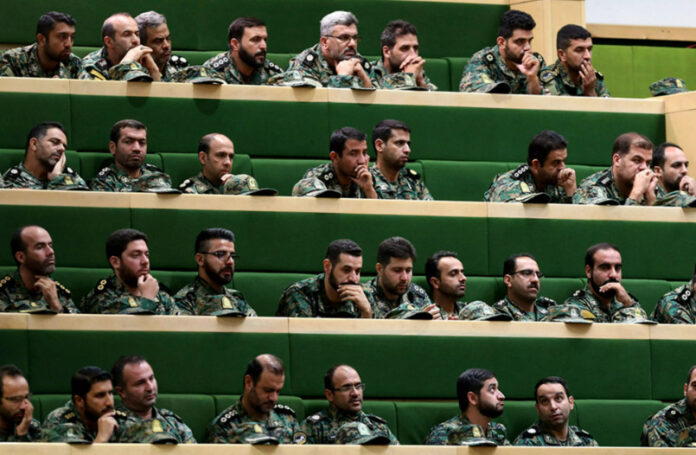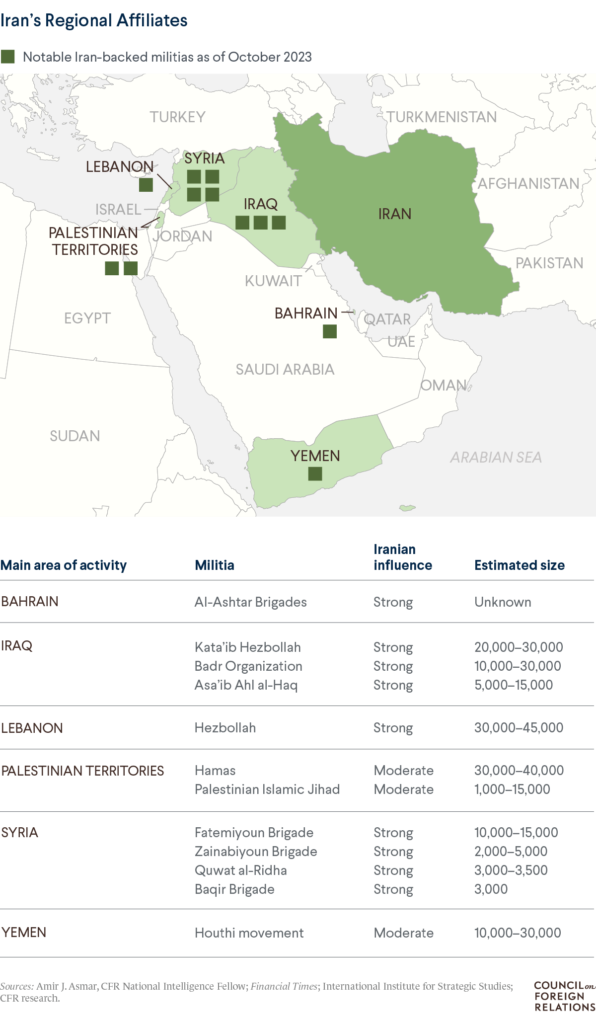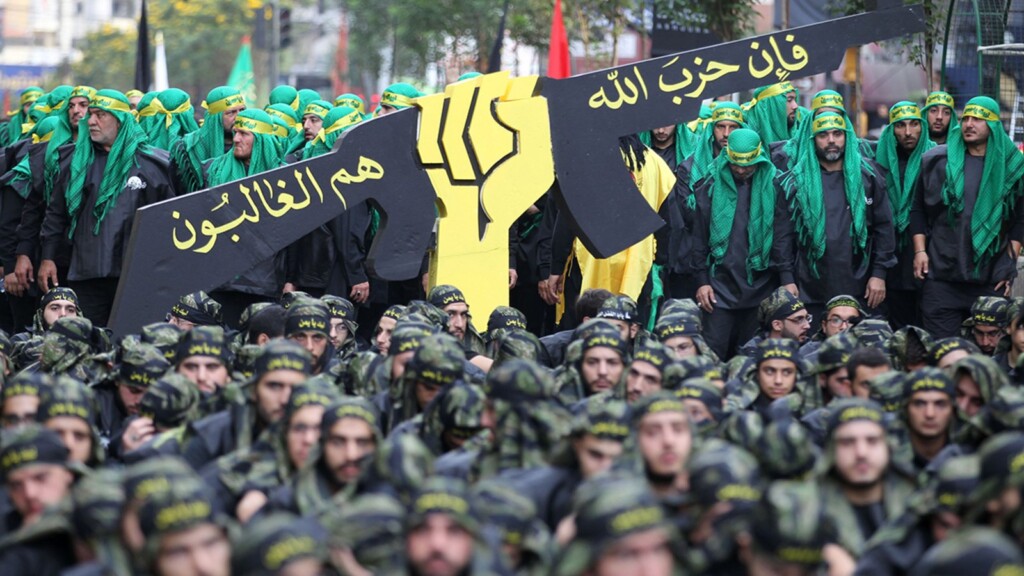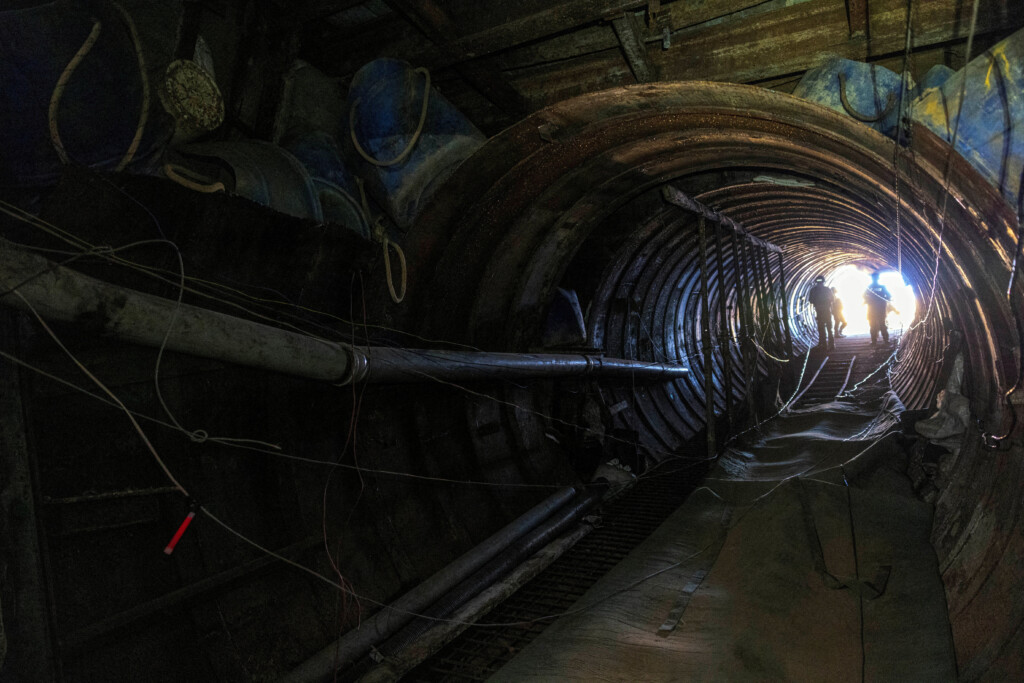
In the 3rd article of this series, I will be discussing Iran, America’s 3rd adversary. When an high school student thinks of Iran, immediate associations would include the Iran nuclear deal, terrorist funder, or enemy of Israel. All of these facts describe Iran’s primary geopolitical ambition: become a dominant Middle Eastern power and weaken the US in any way possible.
Post-Revolution Era
Following a violent overthrow of the Shah’s government in 1979, Iran defied the norms of international affairs by introducing Islam as a form of modern governance. According to the United States Institute for Peace, 1979 also marked the beginning of five phases.
From 1979 to 1989, the first phase entailed Ayatollah Ruhollah Khoimeini’s regime. This was a turbulent period as numerous foreigners were taken hostage and pro-Shah Iranians were imprisoned or executed, fostering a zealous Islamic reign. In addition, the first phase included the catastrophic Iran-Iraq War, a conflict fought out of Iraq’s desire to control Iranian oil fields in Khuzestan and to remain as the dominant Middle Eastern power. Lasting until 1997, the second phase marked a shift to secular governance and conservative realism.

From 1997 to 2005, the third phase occurred as Iran improved diplomatic relations with foreign countries and loosened social restrictions on its citizens. However, during this period, a political schism divided the cleric and bureaucratic factions. From 2005 to 2013, the fourth phase was a renewal of dissatisfaction with the government. For example, many young and female Iranians protested President Mahmoud Ahmadinejad’s failure to improve living standards.
Finally, the fifth phase started in 2013 with the election of President Hassan Rouhani. This period marked the rise of realism and centrism dominating Iranian politics and the signing of the Joint Comprehensive Plan for Action (JCPOA) in 2015. JCPOA, often known as the Iran nuclear deal, placed restrictions on Iran’s nuclear development while lifting sanctions and weapons embargo originally imposed on Iran.
However, since the Trump administration’s withdrawal of American presence in JCPOA, skepticism intensifies between the US and Iran. In addition, despite promising to adhere to JCPOA, Iran has reduced international monitoring of its uranium enrichment by limiting the International Atomic Energy Agency’s inspections of its facilities. Since then, the JCPOA has been deemed ineffective in regulating Iran’s path to nuclear capabilities.

Quest to be Champion of the Middle East
Since the Iranian Revolution, Iran has supported numerous armed organizations to promote their agenda in the Middle East. Iran’s Islamic Revolutionary Guard Corps (IRGC) primarily provides training and equipment to these groups throughout the region. By funding proxies, Iran seeks to attain regional hegemony by minimizing American and Western influence, while using the proxies to elude responsibility for attacks committed against the US military. Currently, Iran has 12 regional affiliates in 6 different countries. Three of these regional affiliates receiving significant amounts of Iranian funding and possessing a large standing force are Hezbollah, Hamas, and the Houthi movement.

Hezbollah
Being the largest benefactor of Iran, Hezbollah exercises significant power in Lebanon, operating as both a Shiite Muslim political party and militant group. Maintaining 13 out of 128 seats in Lebanon’s Parliament, Hezbollah wields influence through establishing various social services, such as infrastructure, schools, and youth programs. In 2019, due to an economic slump affecting hundreds of thousands of Lebanese citizens, Hezbollah and the government have been called on to cede power. However, none of these protests have succeeded in dislodging Hezbollah.
Since the Israeli invasion of Lebanon in 1982, Hezbollah has been constructing tunnel systems into northern Israel, while conducting rocket and missile attacks on Israeli border towns. In the recent and ongoing 2023 Israel-Hamas War, Hezbollah declared its willingness to support Hamas but has not fully committed to a full assault on Israel.
Capitalizing on Lebanon’s economic faltering and violating US sanctions on Iran, Hezbollah has imported over a million gallons of fuel from Iran through Syria. Despite Lebanon’s growing support for the Lebanese Forces (political party), Hezbollah continues to remain a significant power player in the Middle East, a threat to Israel and American presence in the Middle East.

“Hezbollah is the world’s most heavily armed non-state actor.” – Center for Strategic and International Studies (CSIS)
Hamas
Through its full-scale assault on Israel in October 2023, Hamas has proven its ability to launch sophisticated attacks, both physical and psychological, and exert its asymmetrical warfare.
Along with its Cold War-era military equipment, Hamas has made use of information technology to further its objectives. Using apps like Telegram and other social media outlets, Hamas has spread misinformation and created its narrative about the war with Israel. By promoting its political platform, Hamas has used numerous NGOs, media outlets, and communication apps to garner sympathy from the international community.
Another aspect of Hamas’ asymmetrical warfare is its tunnel system. After its initial assault, Hamas capitalized on Israel’s response by provoking the IDF into a counterproductive overreaction, turning public opinion against Israel and for Hamas. Hamas’ political mobilization not only underscores its guerrilla effectiveness but also its posture as a tool for Iran to weaken Israel and expand its regional hegemony.

Currently, Hamas possesses three thrusts of power: physical army in Gaza, political ideology, and income. Annually, Hamas’s financial empire is bringing in around $1 billion, which pays for social services in Gaza as well as military equipment. By absorbing funds from Iran and other state and non-state actors, Hamas is deliberately avoiding US sanctions. Today, most of Hamas’s financiers reside in Doha, Istanbul, and numerous African and Middle Eastern cities.
Hamas’s ease in securing financial stability largely comes from Arab nations’ sympathetic reception, such as Turkey. The Turkish banking system allows Hamas to dodge American sanctions, while Turkish construction companies can consume Hamas’s cash and receive big loans. This process allows the Turkish government to elude responsibility.
Overall, Hamas’s extensive financial arm allows its leaders to operate with ease in numerous countries, even if it loses the physical war in Gaza.
Houthi Movement
The Houthi Movement emerged in the late 1980s to attract Zadyi Shiites in a Sunni Muslim-dominated Yemen. Eventually, the Houthis became active on the international stage by opposing then Yemeni President Abi Abdullah Saleh for supporting the US invasion of Iraq in 2003. In 2017, after Saleh shifted support to Saudi Arabia, the Houthis killed Saleh.
Currently, the Houthis’ primary international backer is Iran, which has repeatedly provided weapons and political support. Iran’s support of the Houthis drew Saudi opposition and air campaigns against Houthi holdouts. However, the Saudi intervention has not prevented the Houthis from tampering with US allies like Israel and Red Sea commerce.
The Red Sea is the second most vital trade chokepoint with 30% of global container traffic moving through the Suez Canal. Daily, 7.1 million barrels of oil and 4.5 billion cubic feet of natural gas move through the Red Sea daily. Recently, Houthi forces have declared their intention to disrupt Israeli cargo in the Red Sea with drones and missiles in support of Hamas’s war. As a result, numerous container shipping firms including Maersk and Costco have suspended their ships’ travel through the Red Sea.
If the Houthis continue their attacks on Israeli cargo and expand to American and European cargo, companies’ costs of operating ships will increase. As a result, the navies of the US and UK have attacked dozens of Houthi bases and infrastructure across Yemen.
Moreover, as many commercial ships start to reroute to travel around the southern tip of Africa, many African ports will not be able to provide complete replenishment. A greater implication would be the slowing of economic activity and disruption of commerce, furthering Iran’s quest to be the champion of the Middle East.

Conclusion
Along with increasing economic and military cooperation with its Russian and Chinese allies, Iran seeks to not only become the champion of the Middle East through proxies, but also attack American interests. By doing this, Iran is accomplishing a profound goal: dismantling the current global order and replace it with its power along with Russia’s and China’s.
Stay tuned for the 4th article of this series about current global trends.





